Several Grand Rapids attractions, including John Ball Zoo and the Grand Rapids Public Museum (GRPM), are taking steps to make visiting more accessible to everyone. John Ball Zoo has always aimed to be inclusive, offering a variety of events throughout the years that aim to include those with sensory needs.
But John Ball Zoo wanted to offer more than a single day or a special event for those families.
A few miles away, the staff at the Grand Rapid Public Museum was trying to accomplish the same thing. GRPM had also hosted special nights where they made accommodations for visitors with sensory needs – a great experience for all involved, but only one night. The two cultural institutions came together to explore how they could create these positive experiences for anyone at any time.
Partnering with KultureCity
Back to Top of List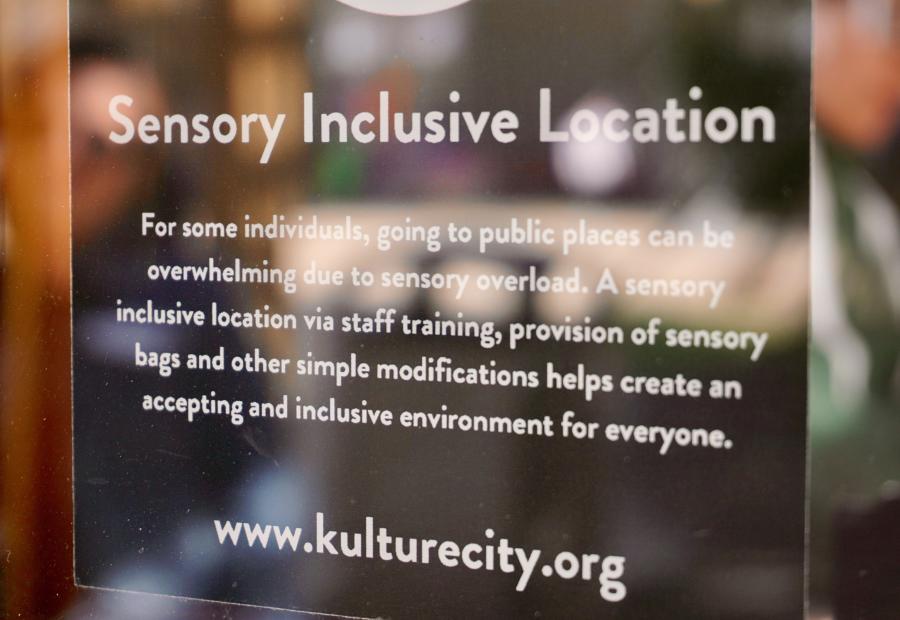
Blandford Nature Center, GRPM and the Zoo worked with KultureCity on implementing improvements for people with sensory sensitivities.
Photo by Brian Craig for Experience GR
After a 2016 millage passed that provided funding to both the zoo and museum, they jointly used part of the millage to partner with KultureCity, a non-profit company based in Birmingham, Alabama, to help them realize their goal. Blandford Nature Center is another Grand Rapids area KultureCity partner.
KultureCity provides training and materials to organizations interested in creating environments that facilitate positive experiences for guests with sensory challenges.
The training focuses on helping staff and volunteers of the zoo and GRPM to identify and understand more about children with autism or other sensory issues and how they can best interact in different situations.
Sensory Bags
Back to Top of List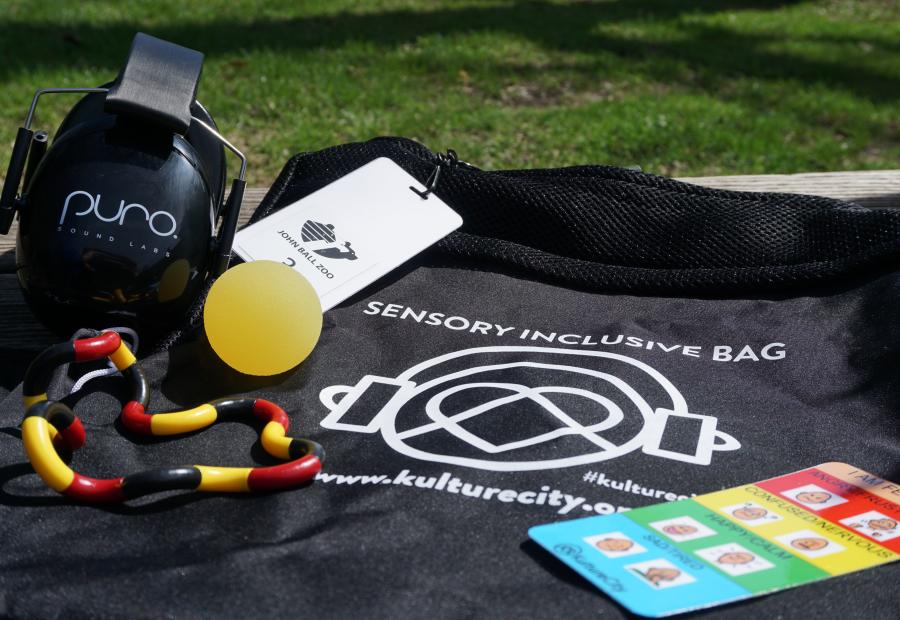
Sensory bags contain noise-canceling headphones, feelings cards, and fidget toys.
Photo by Brian Craig for Experience GR
In addition to the training, the three institutions have sensory bags, as well as weighted lap pads, available for guests to check out for free while they visit. Guests can obtain sensory bags at the front desks at the GRPM and Blandford Nature Center and at the Guest Services Desk at John Ball Zoo.
The bags are filled with:
- Noise Cancelling Headphones. These special headphones block out extraneous noise. They are especially useful in muffling unexpected noises like chimps screaming or lots of noise in the aquarium, which tends to be overwhelming.
- Fidget toys. There are several gadgets to hold, squeeze, and manipulate, which can be soothing.
- Feelings card. A card with drawings of faces that depict universal feelings, like scared and angry, are in each bag to make it easier for non-communicative kids to relay their emotions by pointing at the feeling rather than having to verbalize it.
The cards also have pictures of sunglasses, headphones, a snack, and other things someone might need, to help them communicate without being too stressed.
Each bag also contains a lanyard with the KultureCity icon on it, so staff can easily identify visitors with a sensory issue. If someone is struggling, they can point visitors towards a quiet space or tap into their training to help as needed.
Signage: Headphone Zones and Quiet Areas
Back to Top of List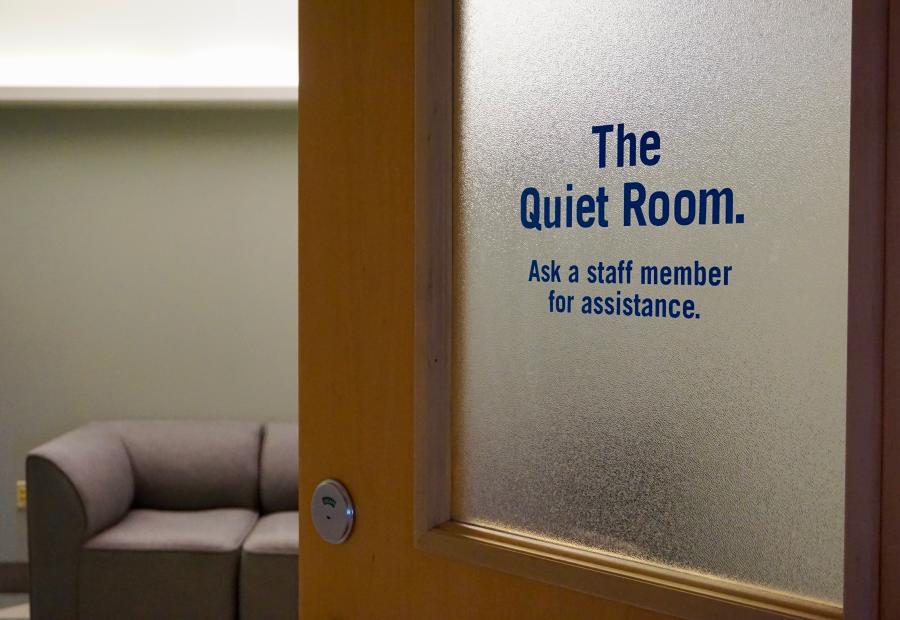
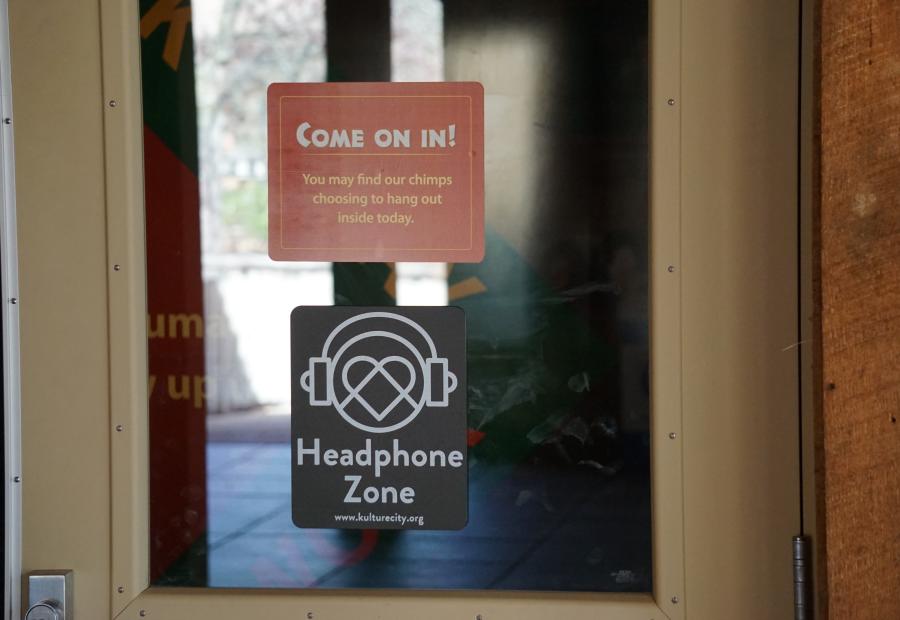
GRPM, Blandford Nature Center, and John Ball Zoo use signage to help people with sensory sensitivities find places to decompress and more.
Photo by Brian Craig for Experience GR
As part of making the zoo, museum and nature center more inclusive for families with sensory needs, the organizations added signage to identify “headphone zones” – places that are traditionally noisier than others, like the carousel at GRPM and the aquarium at the zoo.
Quieter museum exhibits that draw a lot of people are also marked as “headphone zones” because crowds can be a trigger. In addition to the “headphone zones,” the zoo and public museum also have signs to identify quieter areas, where visitors can step away from the hustle and bustle.
Even before working with KultureCity, the GRPM identified the need for a quiet space, which they designed and opened on their first floor in December 2018. One room was redesigned as a nice, quiet space to facilitate sensory decompression. It can also double as a nursing room area, a place to meet a lost child or a space visitors can go to step out of the crowds for a bit.
Future Exhibitions, Habitats, and More
Back to Top of List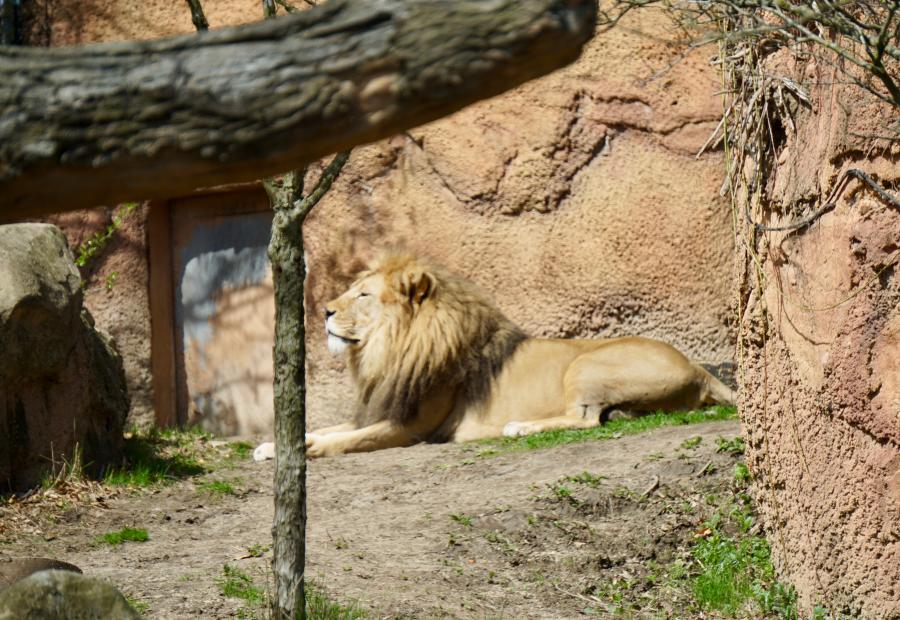
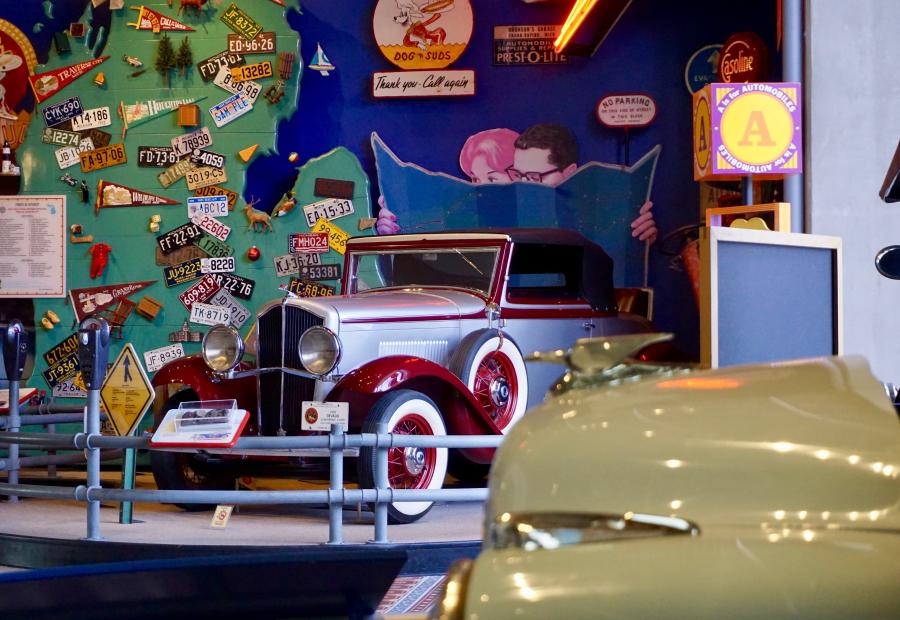
The Zoo and GRPM incorporate sensory-friendly spaces as part of the exhibit planning.
Photo by Brian Craig for Experience GR
In addition to taking steps with current exhibits, partnering with KultureCity has helped both organizations consider future designs. When creating new spaces, new habitats, or bringing in new animals, John Ball Zoo wants to design it so everyone feels comfortable and included.
Likewise, the GRPM has reassessed its design process. When the museum featured their Toys! Exhibit (2018-2020), staff solicited feedback from a variety of community groups and professionals who advised them on design.
Input from a variety of perspectives helped evolve the design several times over the course of planning, resulting in a better exhibition for everyone. The Toys! exhibit became a prototype for how GRPM could design exhibits that would provide an inclusive and seamless experience for all guests, including those with sensory needs.
Planning a Trip
Back to Top of ListBlandford Nature Center, John Ball Zoo and the Grand Rapids Public Museum are cultural gems in our city that spark curiosity for kids of all ages and each of them strives to create an environment where everyone feels welcome.
Part of being able to enjoy the trip for families with sensory challenges might include pre-planning. For John Ball Zoo, Blandford, and GRPM, who’ve partnered with KultureCity, there’s an app for that!
Simply download the free KultureCity app from the App Store or Google Play, create an account, and choose which organization you’re going to visit. The app includes a short description of the organization, identifies where you can find their “headphone zones,” and maps out quiet spaces.
To help visitors understand what to expect when they visit, the app also includes their “social story,” which, much like a children’s book, uses pictures and words to describe what a typical experience is like at each location. Reading the social story can help people with sensory issues understand the sounds, noises, and situations they may encounter, setting expectations and helping them manage behavior. You can also read the social stories of the zoo and museum on their websites.
More Attractions in Grand Rapids
Back to Top of List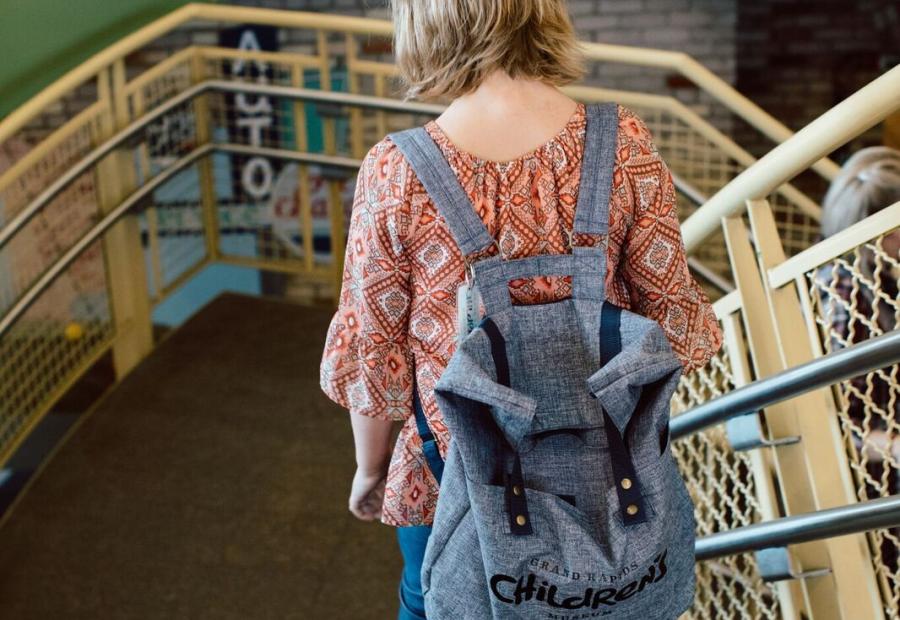
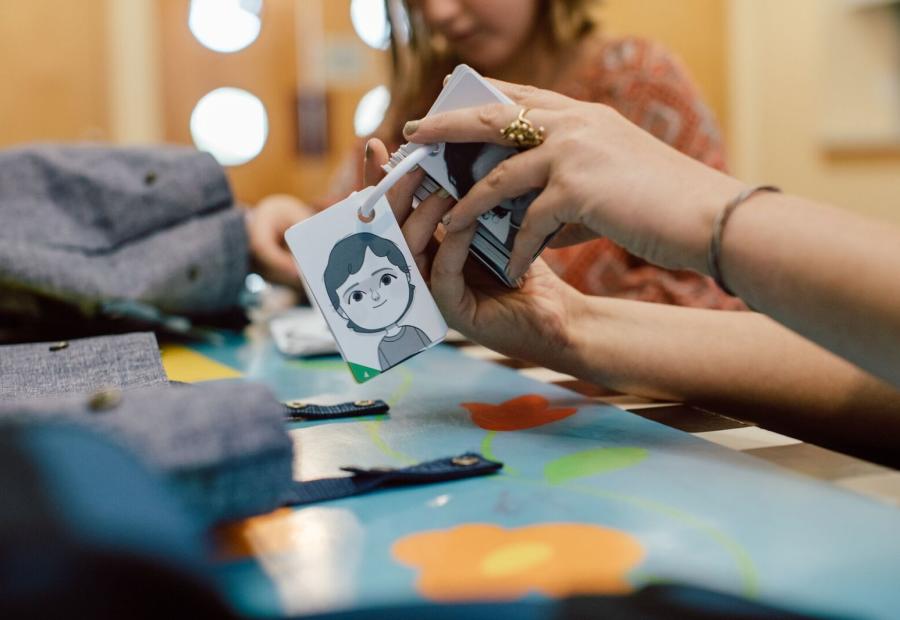
Grand Rapids Children's Museum also offers several sensory-friendly options to make visits to the museum a fun time for everyone who visits.
Photo by Experience Grand Rapids
The zoo, museum and nature center aren’t alone in their efforts to create sensory-friendly experiences.
The Grand Rapids Children’s Museum also offers sensory-friendly, inclusive programming. While their certification is through a different program, they’ve taken several steps to make adaptations so the GRCM is more sensory-friendly.
Their staff has also undergone training, and they offer similar sensory-friendly kits with slightly different components.
Although the GRCM isn’t on the KultureCity app, they do share their social story on their website. This guide is especially helpful in planning visits for children or adults with special needs.
Many other attractions in Grand Rapids are making efforts to become sensory-friendly. For example, Celebration Cinema! offers Sensory Showtimes monthly, presenting current movies with modifications including lower volume and dimmed auditorium lights that can remain on if needed. The Grand Rapids Griffins hockey team plays a sensory-friendly game each season, providing sensory rooms for fans who are sensitive to loud noises and strobing lights. Rebounderz Indoor Trampoline and Adventure Park hosts a sensory-friendly night every other month.
A family getaway can be stressful when sensory issues are involved, but these Grand Rapids attractions can help you and your child manage sensory input for a fun, relaxing family holiday.



